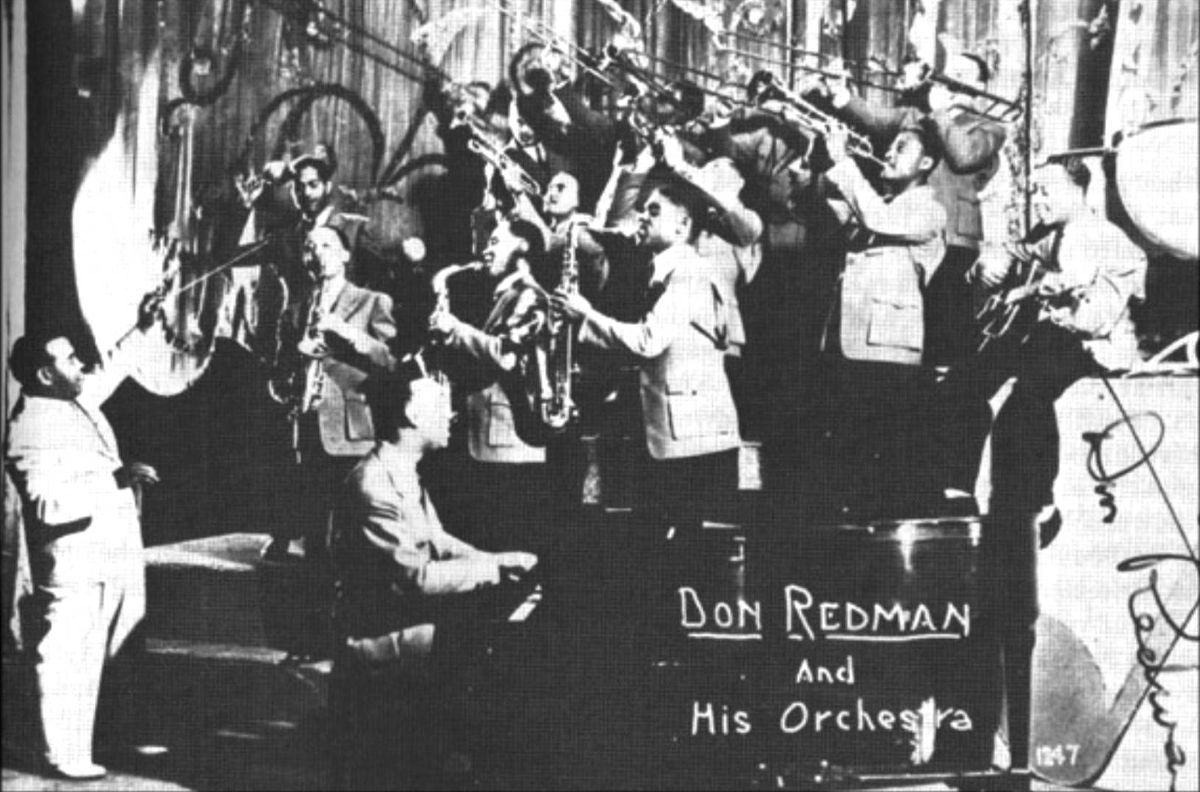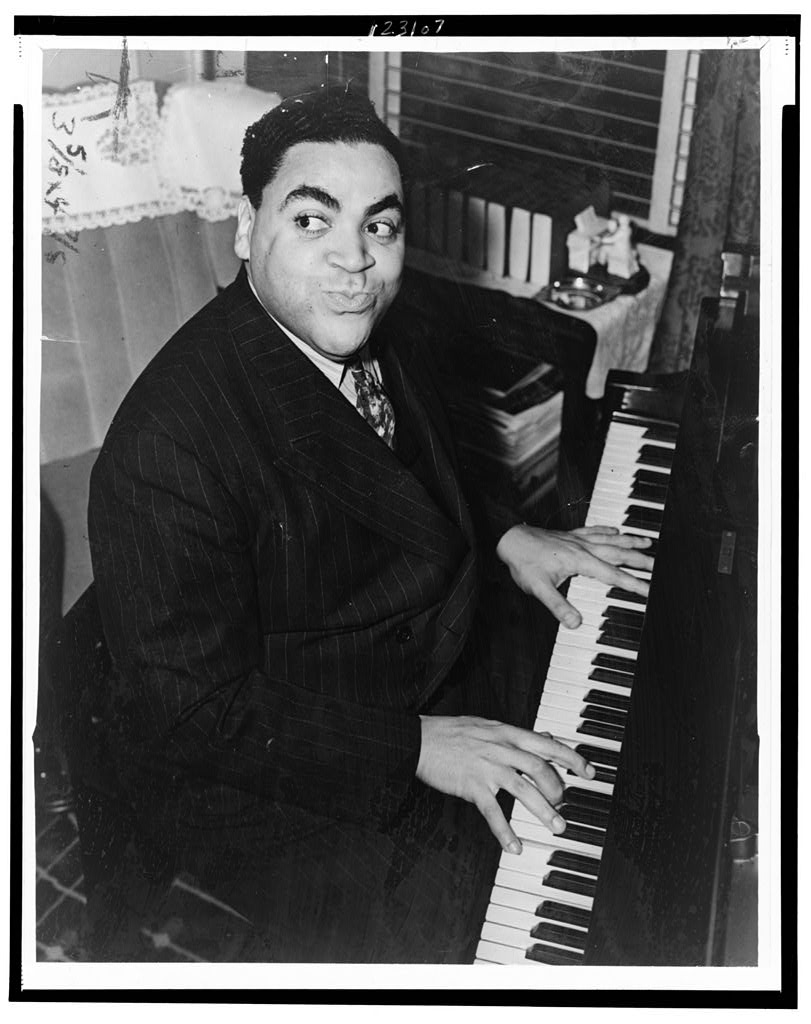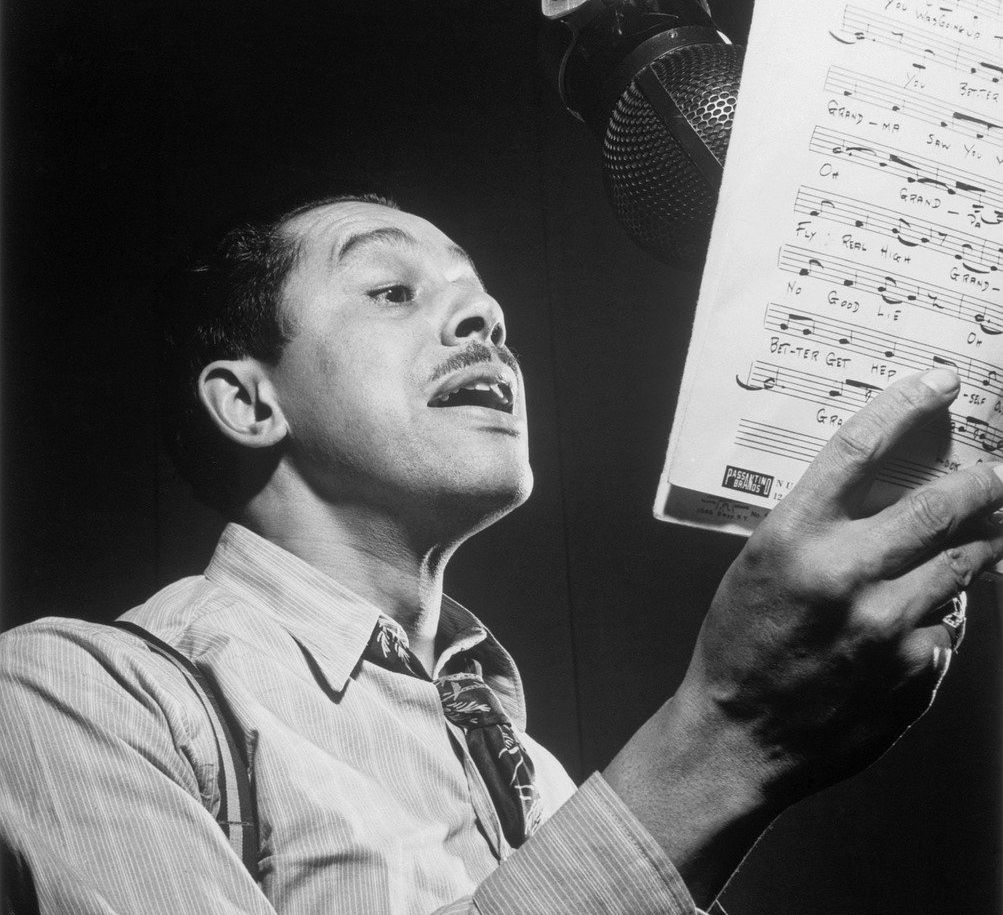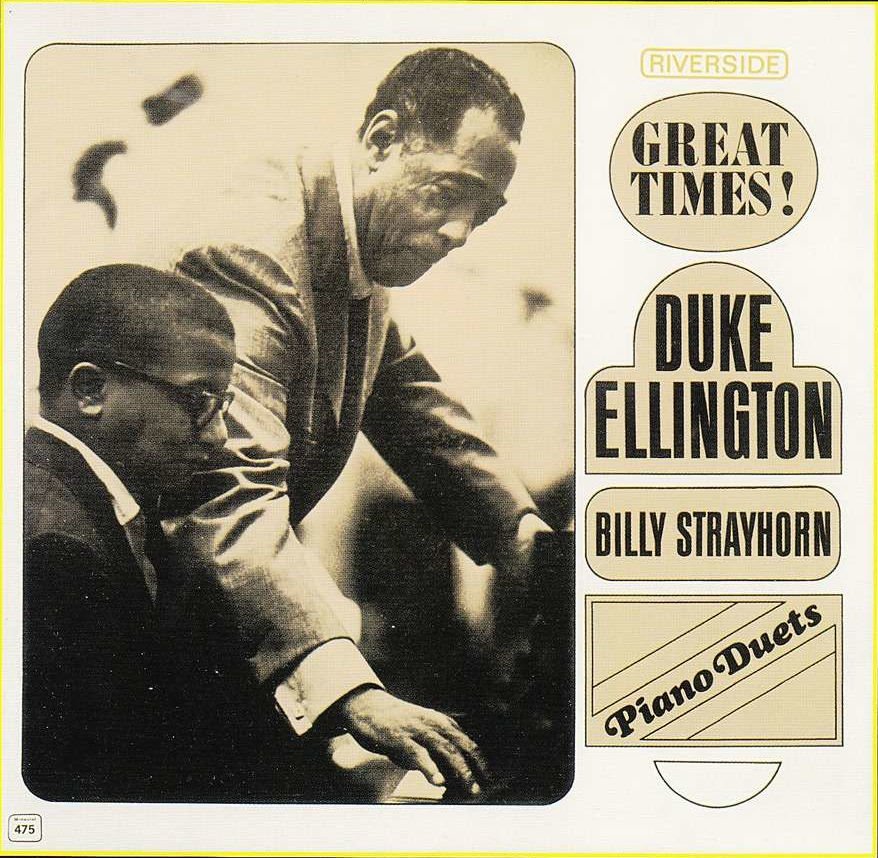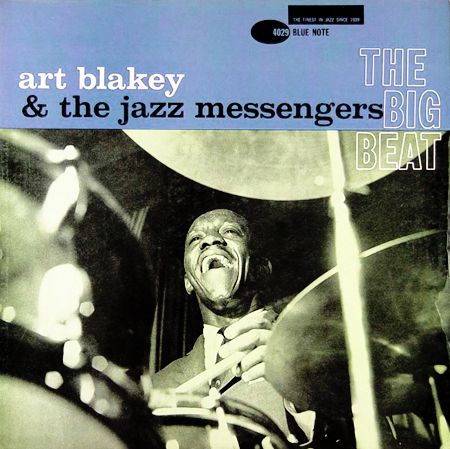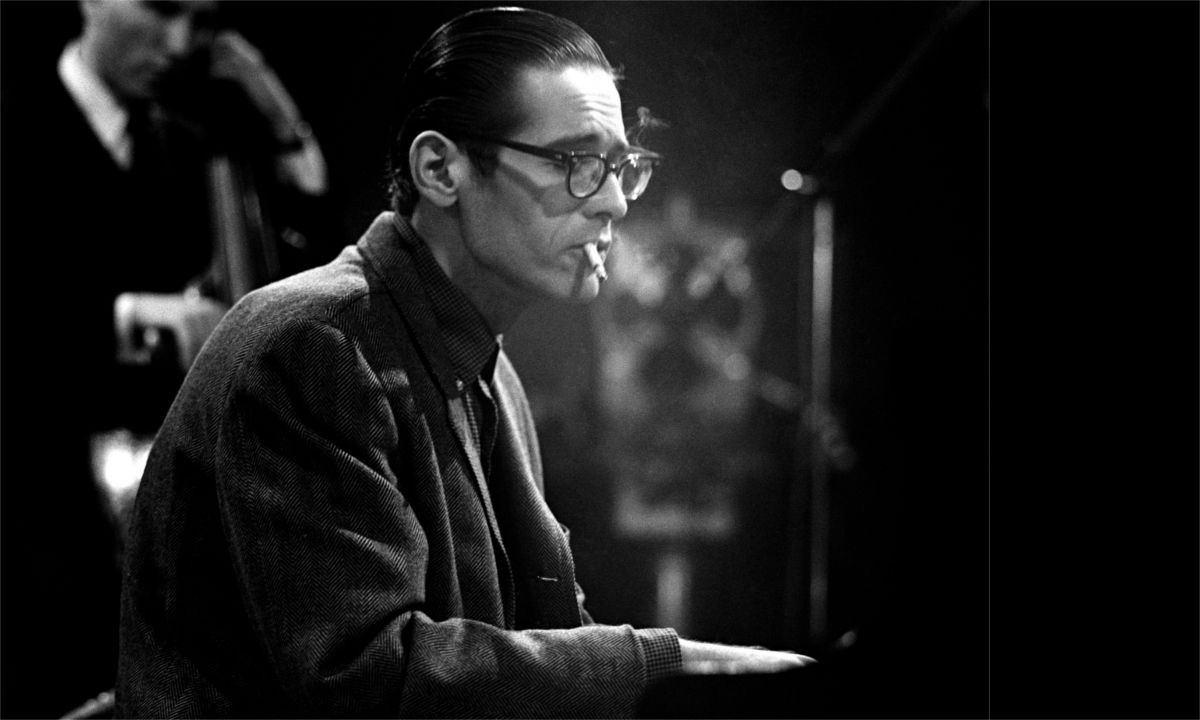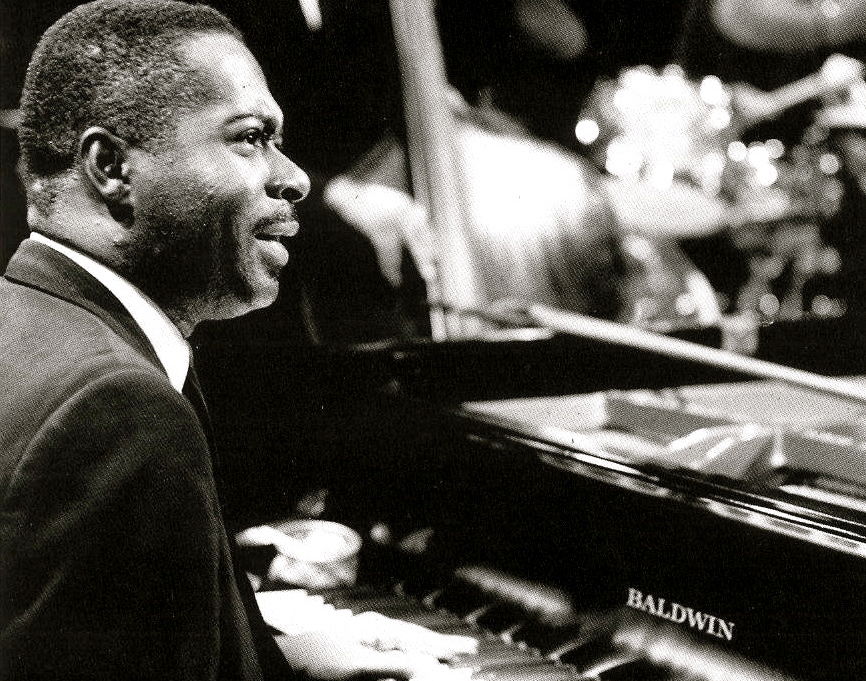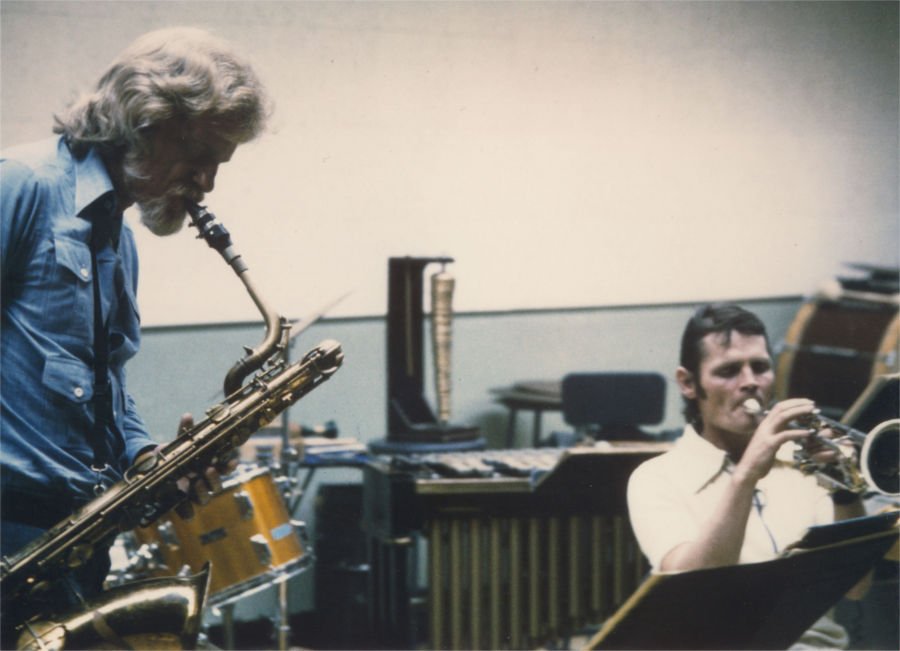[Monday Notes no. 74] The 1930s were the heyday of the great jazz dance orchestras. In the midst of the severe economic crisis, music had a consolatory function, providing cheap entertainment to forget the hardships of everyday life. Let us analyse a classic of the time, I’m In a Dancing Mood by Tommy Dorsey.Continue readingTommy Dorsey, I’m in a Dancing Mood. Jazz music for dance
Tag: jazz
[Monday’s Notes no. 73] Chant of the Weed was composed by Don Redman in 1931 and is a curious anticipation of psychedelic music of the 1960s, since the song is dedicated to cannabis.Continue readingDon Redman, Chant of the Weed. Psychedelic music of the 1930s.
[Monday Notes no. 72] Fats Waller was one of the greatest interpreters of the stride piano. A pupil of the great James P. Johnson and precocious in playing and composing music, as was often the case with black musicians he came to success more because of his skills as an entertainer than his value as…Continue readingFats Waller, I’m Gonna Sit Right Down and Write Myself a Letter
[Monday Notes no. 70] Cab Calloway was an extraordinary singer, dancer and showman. After early successes at the Cotton Club where he filled in for none other than Duke Ellington’s orchestra, he continued to perform throughout his life until he was over eighty years of age.Continue readingSt. Louis Blues, Cab Calloway is always center stage.
[Monday Notes no.66] Billy Strayhorn wrote many songs and arrangements for Duke Elllington’s orchestra, always remaining in the shadows as he had a reserved and shy character. Lotus Blossom is one of his most beautiful songs, here performed by Duke Ellington who did not even know it was being recorded.Continue readingBilly Strayhorn and Duke Ellington, Lotus Blossom. 30 years of music side by side
[Monday Notes no. 65] Sonny Red is the stage name of Sylvester Kyner, a saxophonist who has had rather limited recognition despite having played with great musicians such as Barry Harris, Donald Byrd, Curtis Fuller, Bobby Timmons. Jelly Roll is one of his pieces that celebrates the great Jelly Roll Morton.Continue readingSonny Red, Jelly Roll. A blues for Jelly Roll Morton
[Monday Notes no. 64] Art Blakey’s Jazz Messengers have been one of the longest-running ensembles in jazz history. The drummer featured dozens of talented young men in his band, contributing to their growth. However, Art Blakey always maintained the leadership of his band, as we see in this recording where the Jazz Messengers play Like…Continue readingArt Blakey, Like Someone In Love. An inspiring teacher for young jazz musicians.
[Monday Notes no. 61] Bill Evans combined jazz and the harmonies of European classical composers such as Claude Debussy and Maurice Ravel. No wonder then that many of his compositions have the 3/4 time, used in Europe but almost non-existent in jazz, at least until the 1950s. Let’s analyze his jazz waltz entitled Waltz for…Continue readingBill Evans, Waltz For Debby. From Debussy to the jazz piano
[Monday Notes no. 60] Among the many outstanding musicians Miles Davis chose for his bands, one of the lesser known is certainly Wynton Kelly. In Miles’ lineups, Wynton Kelly came after Bill Evans and immediately before Herbie Hancock. Let’s listen to his No Blues, taken from the album Smokin’ At The Half Note, which he…Continue readingWynton Kelly & Wes Montgomery, No Blues
[Monday Notes No. 55] Gerry Mulligan was the inventor of the piano-less jazz group. Giving up the harmonic instrument, his quartet consisting of two woodwinds, double bass and drums favored polyphony and the freedom of the soloists, thus creating a new and different sound. Let’s analyze his performance of Bernie’s Tune.Continue readingBernie’s Tune, Gerry Mulligan and cool jazz


